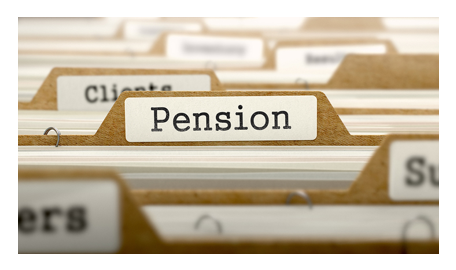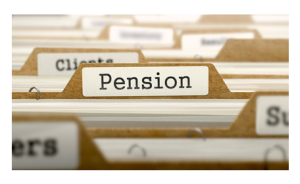
Reversionary vs. Non-Reversionary Pension
If you’re approaching retirement or looking to undertake a Transition to Retirement Pension you may want to consider whether to have a reversionary or non-reversionary pension.
A non-reversionary pension is an income stream paid to a superannuation member that ceases upon the member’s death. Upon the member’s death, their benefits will need to be  paid out of their super either as a lump sum or income stream. Under the super laws, the deceased’s superannuation can’t remain in their super account and must be paid out as soon as practicable.
paid out of their super either as a lump sum or income stream. Under the super laws, the deceased’s superannuation can’t remain in their super account and must be paid out as soon as practicable.
With a reversionary pension, upon the member’s death, the pension will continue to be paid to a nominated reversionary beneficiary (e.g. spouse). In this case the pension does not stop upon the death of the deceased member, but continues to be paid to the reversionary pensioner. The only thing that changes with the pension is that when the pension is paid in the financial year following the member’s death, the minimum pension payment requirement is based on using the reversionary pensioner’s age.
For members of a self -managed super fund (SMSF), you need to make sure that your SMSF Trust Deed allows for a reversionary pension to be put in place and you must follow the procedures outlined in the Trust Deed to be able to access the pension.
You also need to have the relevant documentation completed to indicate your nomination at the commencement of the pension. This is required by all superannuation funds, including SMSFs that must satisfy their auditor and the ATO. For an industry, retail or other super fund, it will be their standard pension application forms with the reversionary beneficiary nominated. For an SMSF, the documents required are things such as the notification to your SMSF that you’ve commenced a pension, trustee minutes documenting the decision, and a pension agreement.
You need to take into consideration that you can’t nominate just anyone to be a reversionary pensioner. The reason for this is that under the Income tax law, only certain people are eligible to be paid a pension. These allowable reversionary beneficiaries include a spouse, a child under 18, a child between 18 to 24 who is financially dependent, or a child over the age of 24 with a disability can be nominated. With reversionary pensions you can only nominate one beneficiary.
A reversionary pension has many benefits such as ensuring your super benefits stay within the tax-free pension environment and most importantly an income continues to your surviving beneficiary to help them support their lifestyle. However, a main disadvantage in receiving a reversionary pension is that in situations where a member divorces or separates from the reversionary beneficiary, the member will need to stop the pension and begin a new one and nominate a new reversionary beneficiary, which could come at a cost.
If the reversionary beneficiary decides that a pension is not the most appropriate strategy for them, dependent on the rules of the fund, they can choose to take the funds as a lump sum and pay the tax accordingly.
Feel free to contact the team at JBS to discuss your options with Reversionary or Non-Reversionary Pensions.





